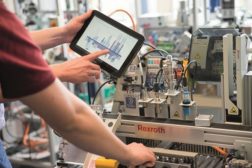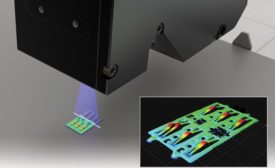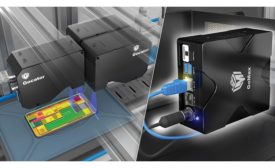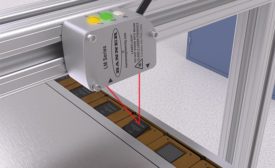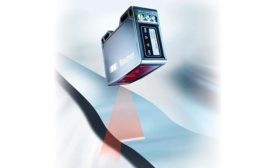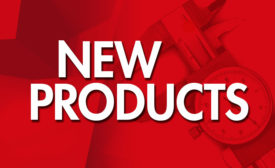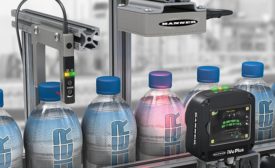Home » sensors
Articles Tagged with ''sensors''
Designing a Better Sensor for Small Parts Inspection
Smart technology advancements are at the heart of today's movement toward better sensor design.
March 1, 2019
Q&A: 3D Smart Sensors, Deep Learning, and The Future of Automated Quality Control
The CEO of LMI Technologies describes how 3D sensors are integral to a new era of quality.
March 1, 2019
How to Choose a Precision Measurement Sensor: Key Considerations
In precise part inspections, a reliable solution is a must.
March 1, 2019
Smart Cameras vs. Profile Sensors
An application-based guide on which to use.
December 1, 2018
Sponsored Content
Trends in 3D Inspection: Edge Computing, Acceleration, and 3D Smart Sensors for IIoT
October 30, 2018
Sponsored Content
Easy and profitable measurement solutions using smart laser triangulation sensors
October 30, 2018
When to Use a Vision Sensor
Vision sensors are an especially great choice for users that are getting started with vision.
July 1, 2018
Stay in the know with Quality’s comprehensive coverage of
the manufacturing and metrology industries.
eNewsletter | Website | eMagazine
JOIN TODAY!Copyright ©2025. All Rights Reserved BNP Media.
Design, CMS, Hosting & Web Development :: ePublishing

